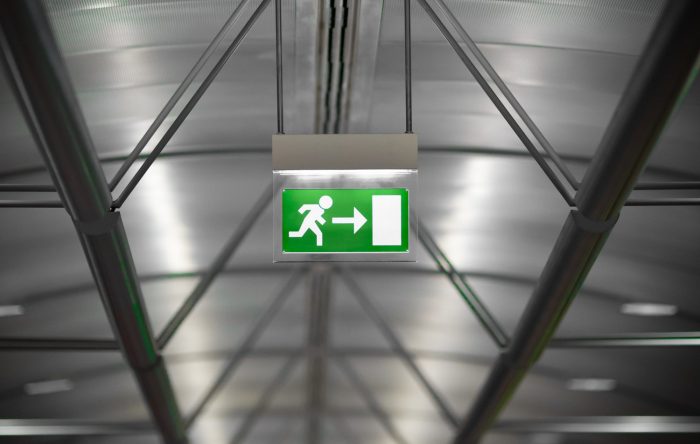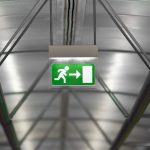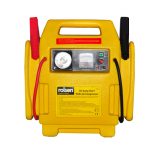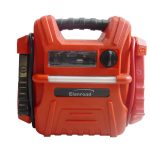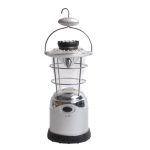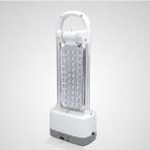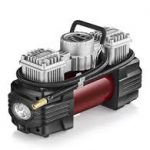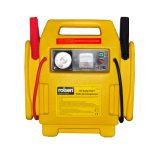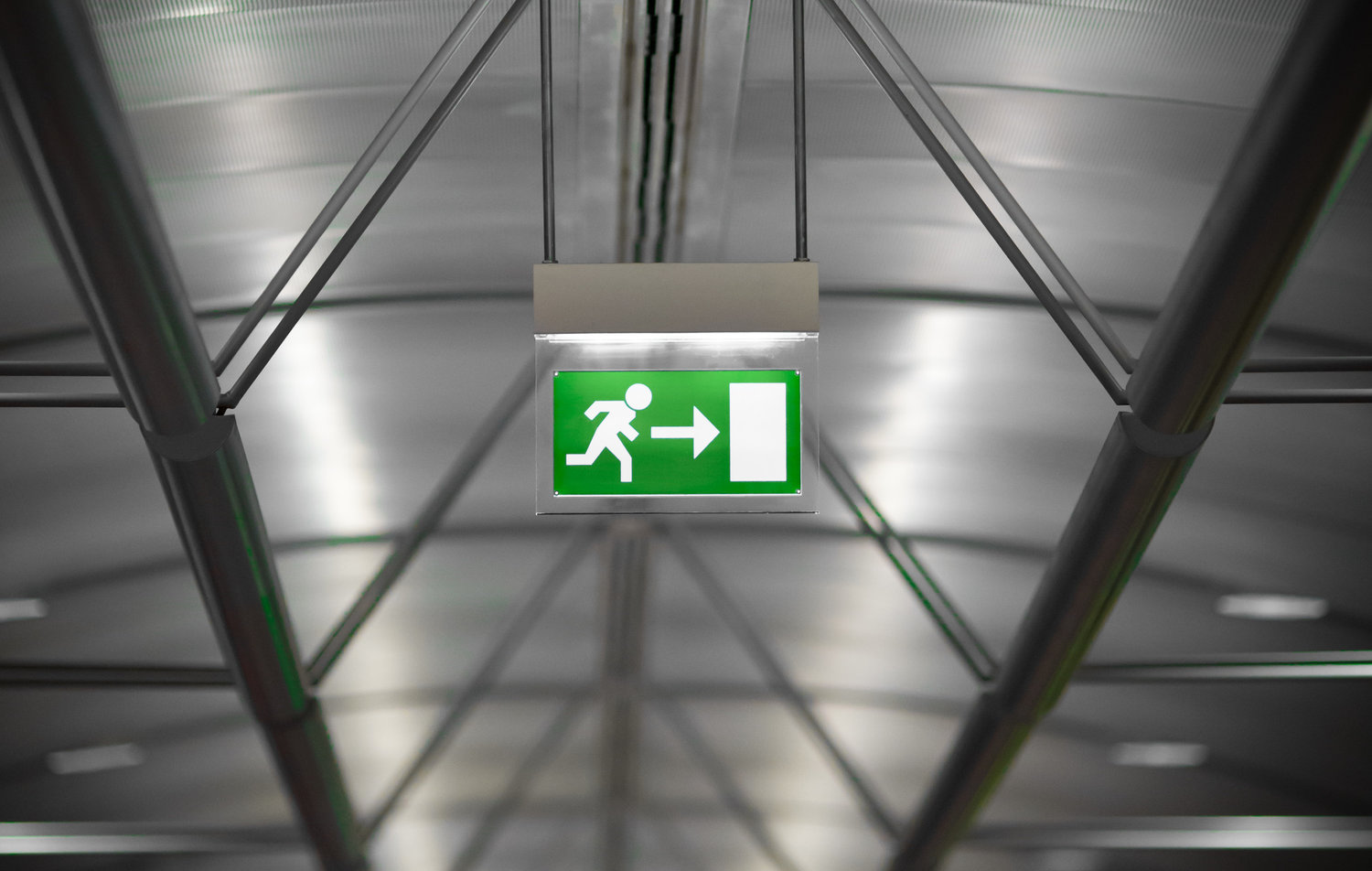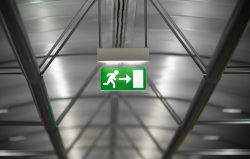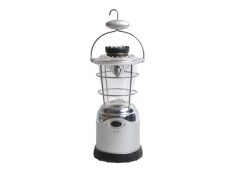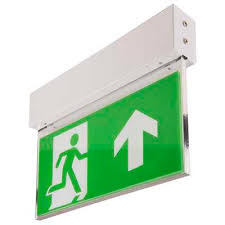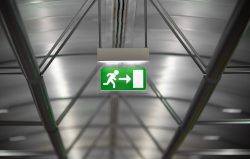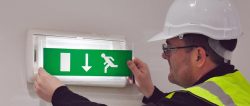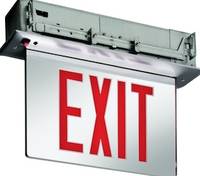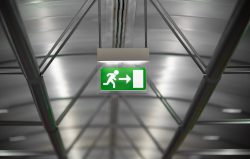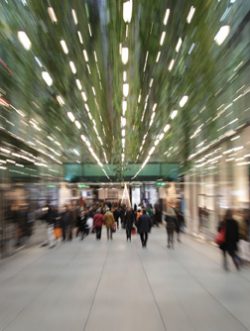Linsheng – Intelligent Emergency Lighting: Future Mode Of Operation?
Emergency lighting systems for commercial buildings often do not receive the attention they deserve. Most people may pass it every day regardless of their importance. Losing normal power due to unforeseen events is a completely different matter. Remember the power outage during the Super Bowl XLVII in 2013? This power loss is one of the worst cases that building owners or property managers don’t want to experience.
Although the Superdome power outage is a rare and eye-catching event, power outages occur more frequently for a variety of reasons (such as weather, human error, accidents). If the emergency lighting system is not working properly, some of these situations may create legal and financial liabilities. It is vital to ensure that the emergency lighting system is in normal working order. As part of a comprehensive fire safety inspection, building maintenance personnel, electric inspectors and firefighters will regularly check the emergency lighting system.
Current mode of operation
Functional testing of modern emergency lighting fixtures can be accomplished using integrated test switches or factory-installed integrated electronics that automatically initiate self-tests. The latter approach is supported by leading brand Bodine, which offers self-testing products. Life Safety Regulations NFPA 101 7.9.3. Emergency lighting is required to test for 30 seconds every 30 days and 90 minutes per year. In addition, these Bodine products continuously monitor charge current and battery voltage.
Despite having a user-friendly self-test function, visually detecting an emergency lighting system in a large commercial building is still time consuming and prone to human error. In this case, Internet of Things (IoT) technology can be applied to help simplify the maintenance and/or inspection process of modern emergency lighting systems.
Future mode of operation
Of course, the first and most obvious application of IoT technology is to add network connectivity to emergency lighting systems. Whether through wired or wireless technology, the result is a connected emergency lighting system that enables remote monitoring and self-testing. The main benefit for end users is that they can remotely verify that the emergency lighting system is functioning properly. Interestingly, this concept first appeared 20 years ago. At that time, the market was not ready due to the complexity of the cost and technology. Nowadays, people are increasingly accepting intelligent buildings and fully integrated building management systems, which makes the connected emergency lighting concept a focus of attention.
In the future, there are exciting future use cases that can greatly expand the definition and advantages of intelligent lighting systems. What if the emergency lighting system can use an external temperature sensor to help the first responder identify the general proximity of the fire? How do you integrate occupancy sensors to help emergency personnel determine the location of people trapped in a building? With these potential life-saving benefits, will the insurance industry consider reducing insurance premiums for residential customers with qualified home monitoring systems as they do now?
Although these ideas sound far-fetched, all the underlying technologies – smart sensors, digital LED drivers, central control systems, smartphone apps and advanced analytics – are already available. The main challenge is to integrate them into a cost-effective and easy-to-use business solution. In addition, quantitative and qualitative benefits must be compelling and easy to identify for large-scale commercial success.
Linsheng explained: The lighting industry is experiencing an exciting transition period of the Internet of Things. By adding network connections, new sensors, digital drivers and centralized control systems, the emergency lighting system we know today offers the added benefit of simply illuminating the darkness during a power outage.
https://www.linsheng.com
